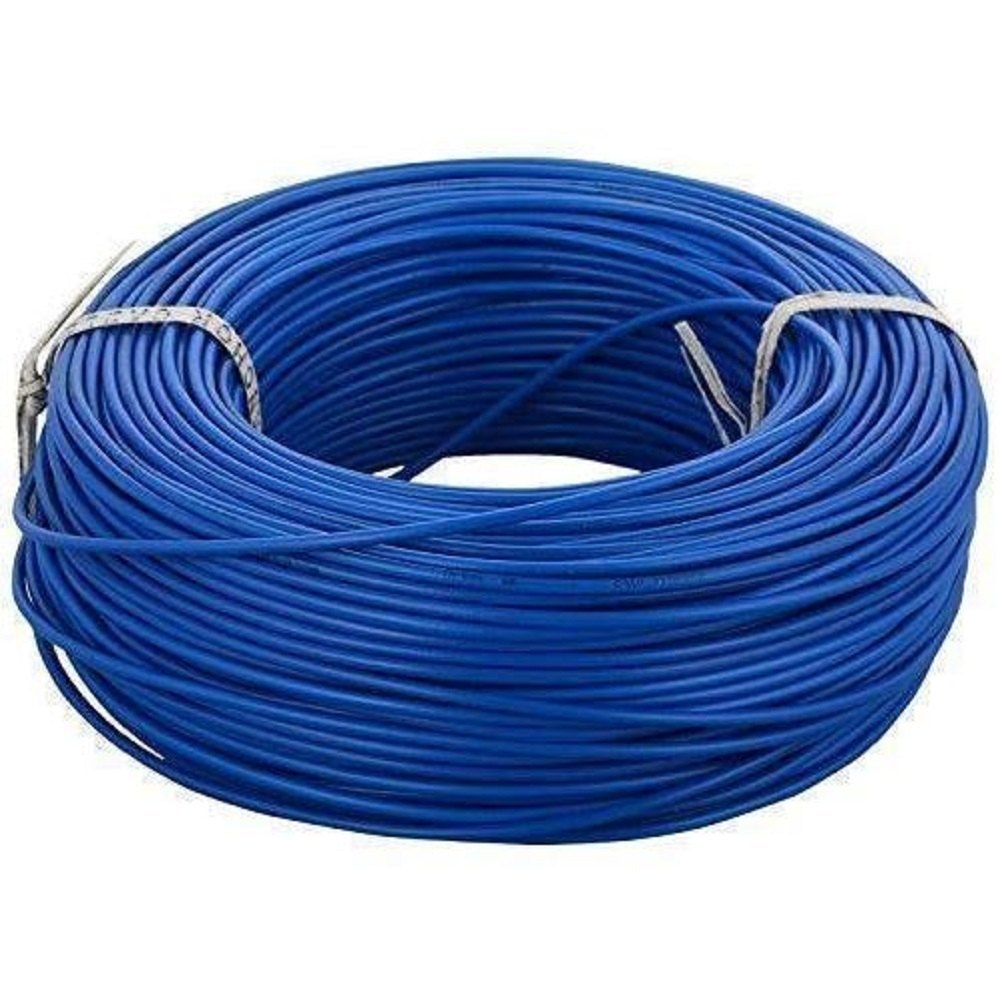Cables are ubiquitous in our modern world, serving as the backbone of infrastructure, transportation, and construction. From suspension bridges to elevator systems, cables play a crucial role in supporting immense loads and ensuring the safety and reliability of various structures. But what makes cables so remarkably strong and durable? In this article, we will delve into the fascinating world of cable engineering to uncover the secrets behind their unparalleled strength.
The Science of Materials
At the heart of a cable's strength lies the materials from which it is constructed. Most cables are made from high-strength steel, a material renowned for its exceptional tensile strength and durability. Steel's molecular structure allows it to withstand immense forces without deforming or breaking, making it an ideal choice for applications where strength is paramount. Additionally, advancements in metallurgy have led to the development of specialized steel alloys that further enhance the performance of cables, ensuring they can withstand extreme conditions and loads.
Engineering Design and Construction
Beyond the choice of materials, the design and construction of cables are critical factors in determining their strength. In the case of suspension bridges, for example, the arrangement of individual steel strands into a cable is meticulously engineered to distribute the load evenly and minimize stress concentrations. This careful design ensures that the cable can support the weight of the bridge deck and the forces exerted by wind, traffic, and other environmental factors.
Furthermore, the construction of cables often involves intricate processes such as wire drawing, stranding, and compacting, which serve to enhance their structural integrity. By carefully controlling the manufacturing process, engineers can create cables with precisely defined properties, ensuring they meet the stringent requirements of their intended applications.
Innovations in Cable Technology
The quest for stronger, more resilient cables has driven continuous innovation in the field of materials science and engineering. One notable advancement is the development of high-performance synthetic fibers, such as aramid and carbon fiber, which exhibit exceptional strength-to-weight ratios. These advanced materials have found applications in industries ranging from aerospace to sports equipment, offering a compelling alternative to traditional steel cables in certain scenarios.
Moreover, the integration of smart technologies, such as sensors and monitoring systems, has revolutionized the way we assess the health and performance of cables. By leveraging real-time data and predictive analytics, engineers can proactively identify potential issues and ensure the continued reliability of critical cable systems.
The Role of Maintenance and Inspection
While cables are engineered to withstand immense forces, proper maintenance and inspection are essential to ensure their long-term performance and safety. Regular inspections, conducted by trained professionals using specialized equipment, can detect signs of wear, corrosion, or fatigue that may compromise the integrity of the cables. By addressing these issues promptly, maintenance teams can mitigate the risk of catastrophic failures and extend the service life of cables.
Conclusion
In conclusion, the strength of cables is a testament to the ingenuity of engineers and the remarkable properties of modern materials. Through meticulous design, advanced manufacturing techniques, and ongoing innovation, cables continue to push the boundaries of what is possible in terms of strength and reliability. As we look to the future, the evolution of cable technology promises to unlock new possibilities in construction, transportation, and beyond, shaping the world we live in.


